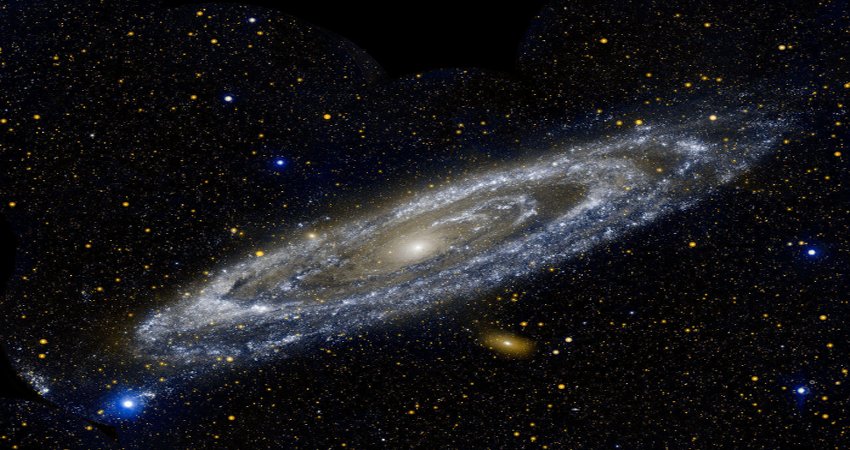Eddie Gonzales Jr. – MessageToEagle.com – White dwarfs are responsible for the formation of carbon in our Universe, researchers say.
In the new study, published in Nature Astronomy, an international team of astronomers discovered and analyzed white dwarfs in open star clusters in the Milky Way, and their findings help shed light on the origin of the carbon in our galaxy.
Approximately 90 percent of all stars end their lives as white dwarfs, very dense stellar remnants that gradually cool and dim over billions of years. With their final few breaths before they collapse, however, these stars spread their ashes into the surrounding space through stellar winds enriched with chemical elements, including carbon, newly synthesized in the star’s deep interior during the last stages before its death.
Every carbon atom in the universe was created by stars, through the fusion of three helium nuclei. But astrophysicists still debate which types of stars are the primary source of the carbon in our own galaxy, the Milky Way.
“From the analysis of the observed Keck spectra, it was possible to measure the masses of the white dwarfs. Using the theory of stellar evolution, we were able to trace back to the progenitor stars and derive their masses at birth,” explained co-author Enrico Ramirez-Ruiz, professor of astronomy and astrophysics at UC Santa Cruz.
In general, the more massive the star at birth, the more massive the white dwarf left at its death, and this trend has been supported on both observational and theoretical grounds.
But analysis of the newly discovered white dwarfs in old open clusters gave a surprising result: the masses of these white dwarfs were notably larger than expected, putting a “kink” in the initial-final mass relation for stars with initial masses in a certain range.
“Our study interprets this kink in the initial-final mass relationship as the signature of the synthesis of carbon made by low-mass stars in the Milky Way,” said lead author Paola Marigo at the University of Padua in Italy.
In the last phases of their lives, stars twice as massive as our Sun produced new carbon atoms in their hot interiors, transported them to the surface, and finally spread them into the interstellar medium through gentle stellar winds.
Analyzing the initial-final mass relation around the kink, the researchers concluded that stars bigger than 2 solar masses also contributed to the galactic enrichment of carbon, while stars of less than 1.5 solar masses did not.
“Now we know that the carbon came from stars with a birth mass of not less than roughly 1.5 solar masses,” said Marigo.
Written by Eddie Gonzales Jr. – MessageToEagle.com Staff








